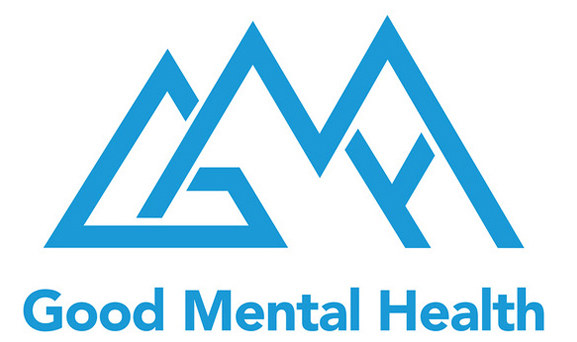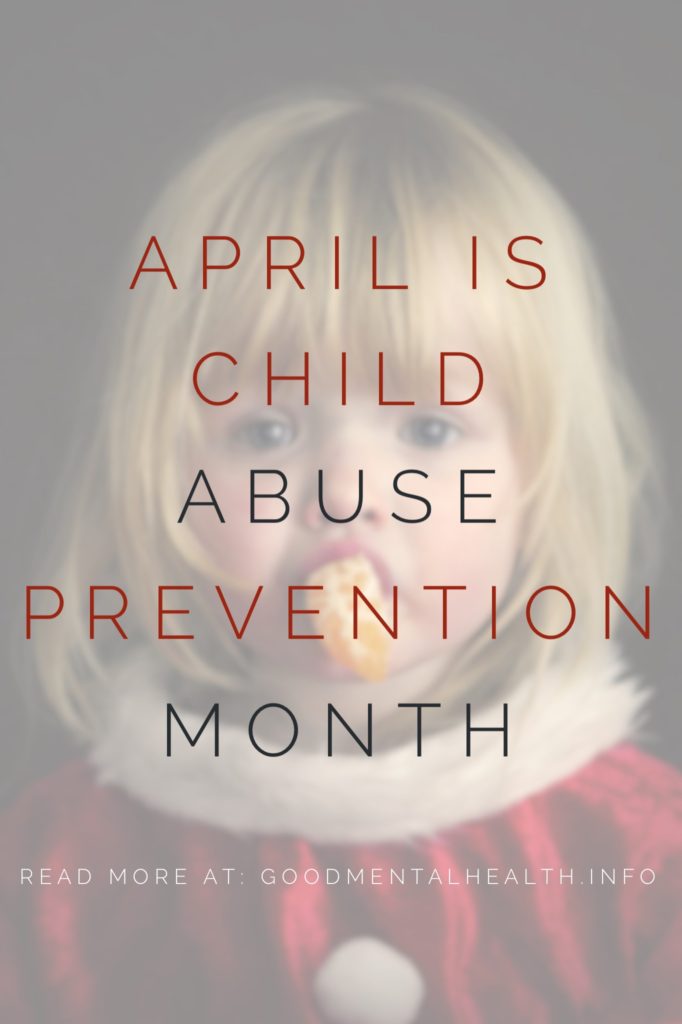It started as a spanking.
She had light brown curls and blue eyes, her tiny body dwarfed by the hospital bed in which she sat, eating ice chips from a paper cup. She was wearing a diaper and and nothing else, still being monitored by the doctors and nurses.
She illustrated what it meant to be “beaten within an inch of your life.”
I remember thinking that the only part of her that wasn’t bruised was the whites of her eyes.
But in spite of the deep purple bruises covering her body, and the terror she must have felt only a few hours earlier when she could have easily been killed, she smiled at the people taking care of her.
She was three years old, and one of the first child abuse cases I worked after entering social work nearly twenty years ago.
She’d been left with her mother’s boyfriend for a few hours before bedtime while her mother was at work. It should have been easy enough. Feed her dinner, watch some cartoons, put her to bed.
But she had been fussy about dinner and didn’t eat. Then she was whining, missing mommy. But the straw that broke the camel’s back came, after being put to bed several times, when she unleased a flood of urine that soaked her clothes, sheets, and mattress because she was potty training and still needed a diaper at night. But boyfriend didn’t think about that. He wasn’t used to caring for small children and had just offered to babysit that night because his girlfriend was in a bind.
Child Abuse Risk Factors
No one dreams of abusing their child, yet each day 4 children die as a result of child abuse or neglect in the United States and approximately 2.9 million cases of child abuse are reported every year. Many factors increase the chances that a child will be abused. Here are a few of the situations that place a child at increased risk:
Being left in the care of a boyfriend or non-relative male caregiver. The most common scenario for physical abuse is the one mentioned above. Child care is hard. Young children push boundaries, test limits, and make messes. When left in the care of someone who is not accustomed to caring for young children and not biologically related or otherwise invested in their survival, children are at increased risk for abuse or neglect.
Young age of the child. Younger children in general are at higher risk because they require sustained, direct care. When a caregiver becomes exhausted, frustrated, hungry, angry, and lacks an outlet for their stress, the unrelenting needs of the child make them a target for that frustration. As any breastfeeding mother can attest, you can’t feed the baby unless you feed yourself…yet you can’t put the baby down long enough to eat!
Young age of the parents. Parents who have children when they are young themselves may experience less impulse control, higher levels of frustration, and may be less equipped to handle the normal stress of caregiving than older parents.
Visibility in the community. Daycare, mom’s morning out, preschool, storytime, and playgroups are a healthy necessity for both children and caregivers. Children who are isolated from their peers and community are at increased risk for abuse. Having more people in a child’s life increases support for both the child and their caregiver.
Substance use/abuse in the home. Alcohol and drug use decrease inhibition and can lead to more impulsive, reckless, or dangerous behavior, placing a child at increased risk for abuse.
Financial pressure. Parents of young children are under increased financial pressure in additon to the increased emotional and physical pressure of raising a family. Child care, diapers, formula, decreased worked opportunities, all contribute to the mounting stress that parents face increasing potential risk for the children.
April is child abuse prevention month.
Events will be taking place throughout the month of April to raise awareness about child abuse prevention. There are many ways to participate such as planting a pinwheel garden, joining The Blue Ribbon Project, attending a walk in your local area, or by just by wearing blue on April 7th.
What else can you do?
If you see a young mother or father struggling, offer to help.
Drop off a casserole to give them a night off from cooking or surprise them with a pizza delivery.
Offer to stay with the kids (if you’re confident and comfortable doing so) for an hour while he/she makes a quick (solo) trip to the grocery store. (It’s a luxury!)
Organize a clothing swap to exchange gently used clothing or other items that your children have outgrown.
Ask, how are you holding up? And then really listen. YOU may be the only person who has a chance to intervene on an especially hard day.
***
Thanks for reading.
If you or someone you know is struggling with parenting or family issues, check out our archives or get in touch.
We can help. You’re in the right place.



 Hi, I'm Diana Brummer a psychotherapist, writer, and coach in St. Johns, Florida. I love helping people thrive in their relationships and their lives. My hope is that you find the information in these articles educational and useful. Thank you for stopping by!
Hi, I'm Diana Brummer a psychotherapist, writer, and coach in St. Johns, Florida. I love helping people thrive in their relationships and their lives. My hope is that you find the information in these articles educational and useful. Thank you for stopping by! 
